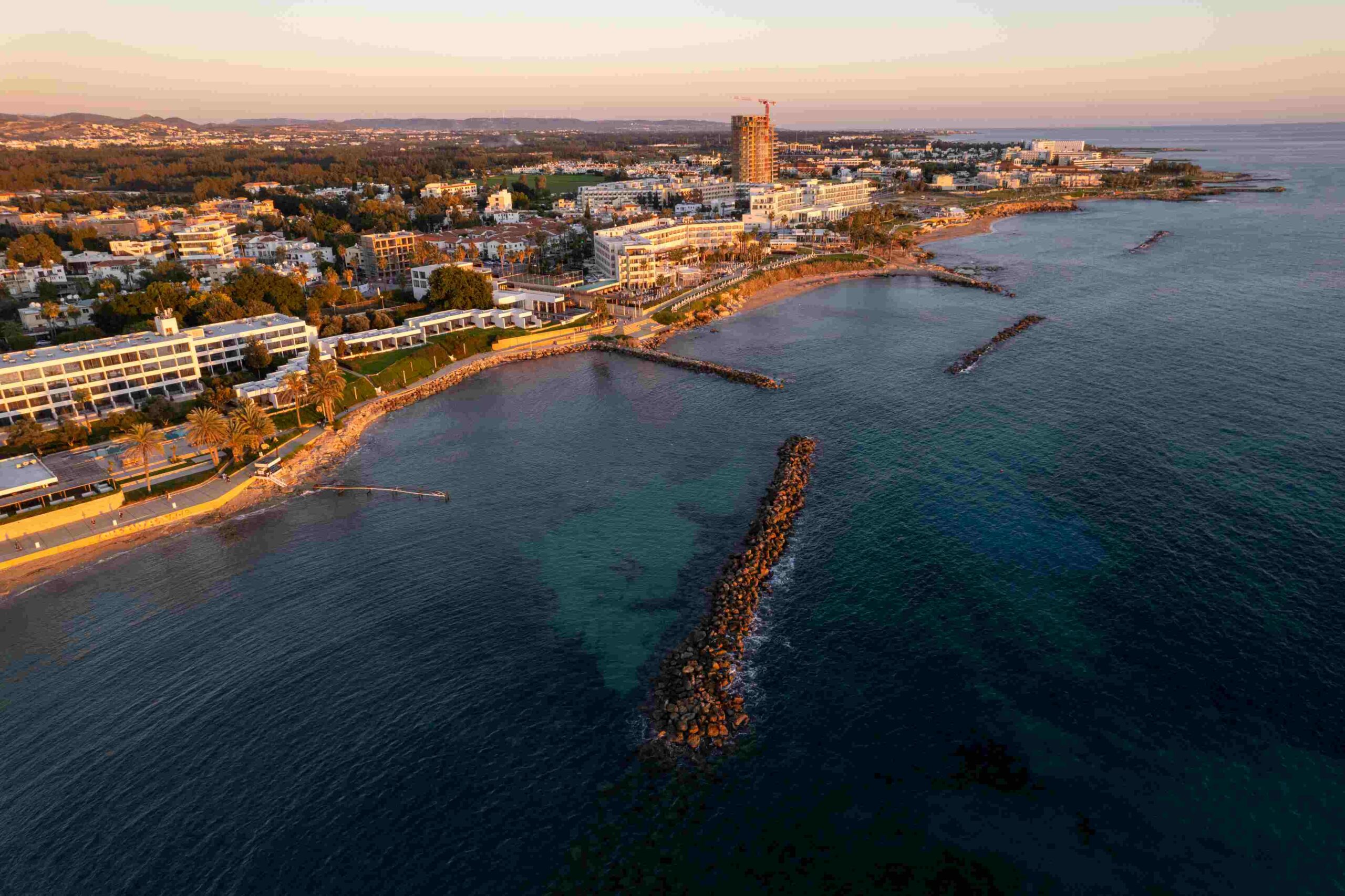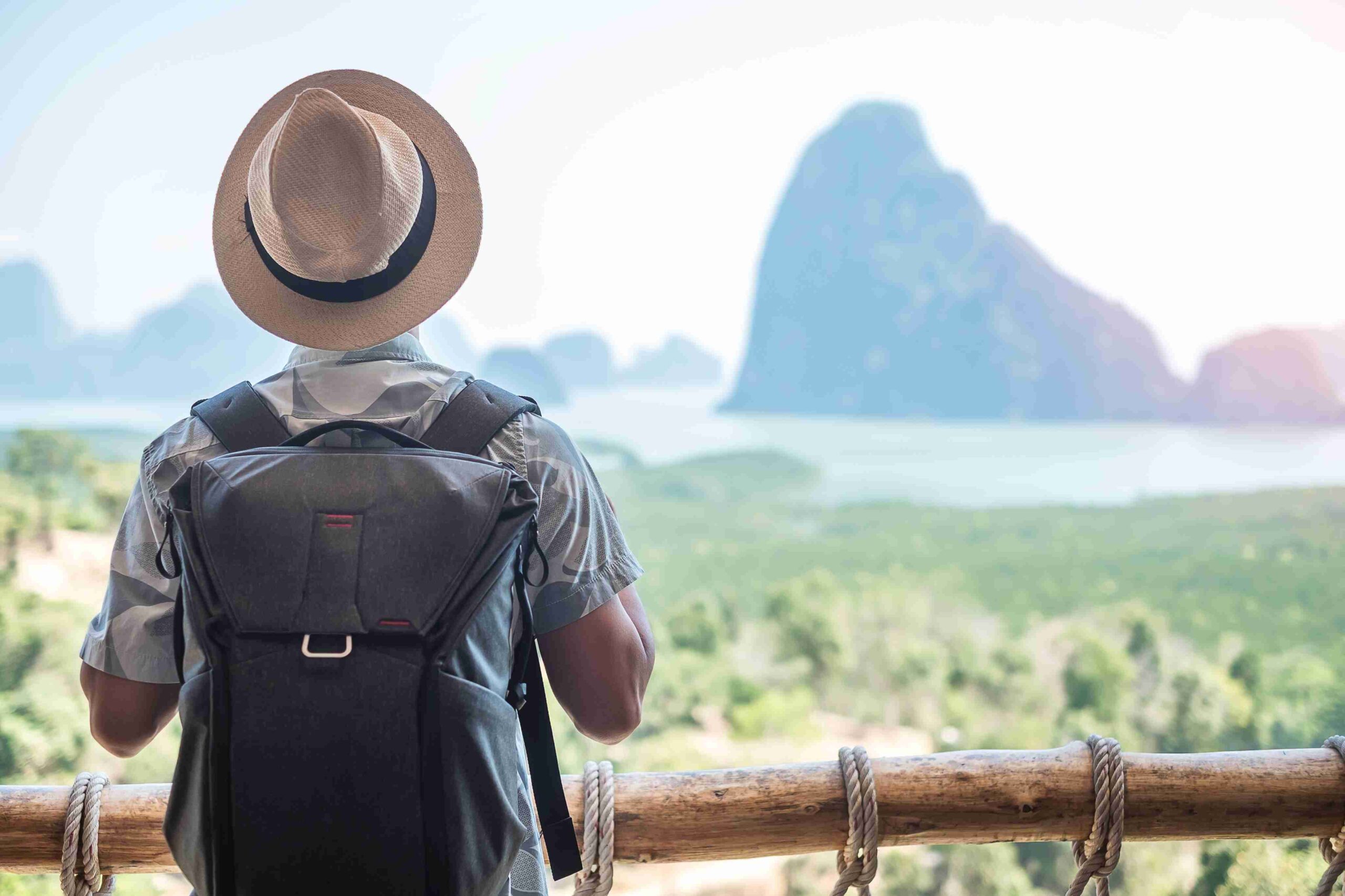
(TechXplore) – Despite safety concerns raised by persistent issues with unexpected stops and other erratic behaviour that resulted in unmanned vehicles blocking traffic, including emergency vehicles, California regulators on Thursday approved an expansion that will allow two competing robotaxi services to operate throughout San Francisco at all hours.
The Public Utilities Commission of the state decided to permit competing services from Cruise and Waymo to run 24-hour service. With two fleets of driverless cars vying for passengers against ride-hailing and taxi services that depend on people to drive the cars, San Francisco will become the first significant U.S. city.
San Francisco officials didn’t want to make this distinction, partly due to the problems that Cruise and Waymo have been creating in the city while testing their robotaxis there over the past year.
It did, however, result in a significant win for Cruise, a General Motors subsidiary, and Waymo, a Google offshoot that had spent years and tens of billions of dollars developing a technology that they hope could revolutionise transportation. Both businesses see San Francisco’s approval of their expansion plans as a crucial step towards introducing similar services in other congested cities that would profit from a technology that, in their estimation, will be more dependable, practical, and affordable than ride-hailing and taxi services that rely on human drivers.
“We can’t wait for more San Franciscans to experience the mobility, safety, sustainability, and accessibility benefits of full autonomy for themselves—all at the touch of a button,” Waymo co-CEO Tekedra Mawakana wrote in a blog post.
Many speakers mocked the robotaxis throughout the five and a half hours of public remarks at the hearing on Thursday, calling them at best annoyances and at worst serious threats. Others expressed their anger about San Francisco becoming a “tech playground” and the akin to a “ant farm” for reckless experimentation.
Additionally, supporters of the robotaxis stepped out in favour of the invention, claiming that it will keep San Francisco at the forefront of technology, help more disabled people who are unable to drive get around the city, and reduce the risks associated with drunk driving. One speaker claimed that unleashing the robotaxis will result in a tourist attraction that is comparable to rides on the storied cable cars, which have been navigating the city’s streets for 150 years. Waymo claims that due to the extreme demand for its robotaxis, there is already a waiting list of more than 100,000 people eager to take a driverless ride through the streets of San Francisco.
A preliminary hearing on Monday brought the growing concerns about the safety of the robotaxis into sharper focus. San Francisco Fire Department Chief Jeanine Nicholson made a sombre appearance and warned regulators that the robotaxis had repeatedly hindered firefighters’ ability to respond to emergencies.
A four-hour hearing was held on Monday in anticipation of Thursday’s crucial decision, during which Nicholson declared that “they are still not ready for prime time” due to the way they have affected our operations.
Nicholson referenced 55 written instances of the robotaxis obstructing emergency responders to support her case. She expressed concern that if Cruise and Waymo are permitted to run their services whenever and whenever they like in San Francisco, the issues will worsen and there is a greater chance that their disruptions may result in harm, death, or the destruction of potentially salvagable property.
By a 3-1 vote, the Public Utilities Commission still chose to approve the expansion. Despite having five commissioners on the panel, only four of them cast votes in favour of the proposed robotaxi expansion. For an unidentified reason, Commissioner Karen Douglas was not present at the hearing on Thursday.
Both Cruise and Waymo argued that their robotaxis are less risky than cars driven by people who might be distracted, drunk, or plain bad drivers because of their spotless safety records.







